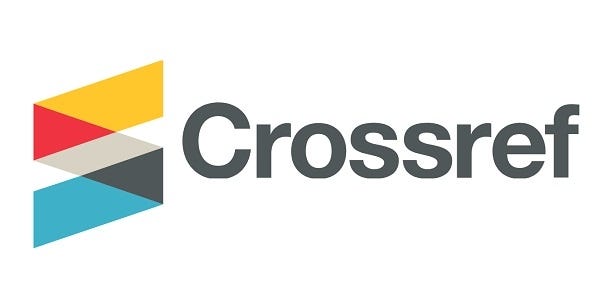SOME DEFINITIONS ABOUT THE MECHANISM OF PUBLIC-PRIVATE PARTNERSHIP AND ITS ROLE IN STRENGTHENING THE ACTIVITIES OF BUSINESS ENTITIES AND SMALL BUSINESSES
DOI:
https://doi.org/10.61151/stjniet.v9i3.565Keywords:
adsorption, methylene blue, Congo red, carbon adsorbents, kinetic model, pseudo-second order, chemisorption, wastewater treatmentAbstract
This paper examines the kinetic parameters of the adsorption of methylene blue and Congo red on various modified carbon adsorbents (RU, BSH, and UO). An analysis was conducted on the effectiveness of different kinetic models (pseudo-first and pseudo-second order) to describe the adsorption process. The results indicated that the pseudo-second order model most accurately reflects the adsorption kinetics, as evidenced by high correlation coefficients (R² > 97%) and positive values of adsorption capacity (As) for all investigated systems. This suggests that the adsorption process is governed by chemical sorption (chemisorption), resulting in strong bonds between the adsorbate and active sites on the carbon surface. RU carbon exhibited the highest adsorption activity compared to BSSH and OXC, which can be attributed to its developed porous structure and a greater number of available active sites. The obtained data can be utilized to optimize adsorption process conditions and select the most effective adsorbents for the removal of organic dyes from wastewater.




